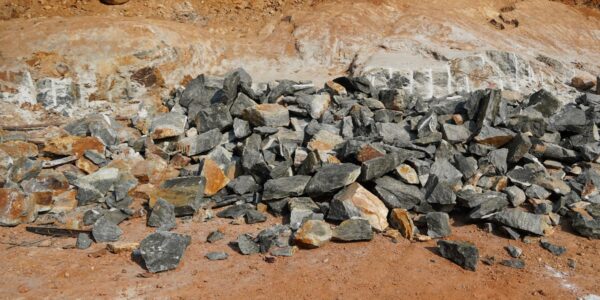Despite recent monetary challenges experienced in the country, the Reserve Bank of Zimbabwe (RBZ) through its midterm monetary policy statement has projected robust economic growth at over 5 per cent in 2023 up from the initial forecast of 3.8 per cent on account of ongoing investments in lithium production.
Rudairo Mapuranga
The growth is also attributed to a better performance by agriculture, mining in general, ICT and tourism as supported by expected improvements in electricity generation in the second half of the year.
According to the statement, the mining industry continues to support economic growth and development with a visible investment in the lithium industry due to a rise in global demand. The growth forecast has also been necessitated by the improvements in gold deliveries to the country’s sole gold buyer and exporter, Fidelity Gold Refinery (FGR).
“The mining sector also continues to support growth, benefiting largely from ongoing investments in lithium production, following a rise in global demand for the manufacture of batteries for electrical vehicles.
“Gold deliveries that had been affected by incessant rains, particularly for small-scale and artisanal miners, during the beginning of the year have shown significant improvement. Cumulative gold deliveries stood at 14 181 kg by June 2023,” reads the statement in part.
Zimbabwe’s mining sector is highly diversified, with close to 40 different minerals. The predominant minerals include platinum group metals (PGM), chrome, gold, coal, and diamonds. The country boasts the second-largest platinum deposit and high-grade chromium ores in the world, with approximately 2.8 billion tons of PGM and 10 billion tons of chromium ore. The sector accounts for about 12 per cent of the country’s gross domestic product (GDP), and the minister of mines claims the sector has the potential to generate US$12 billion annually by 2023.
.png)




